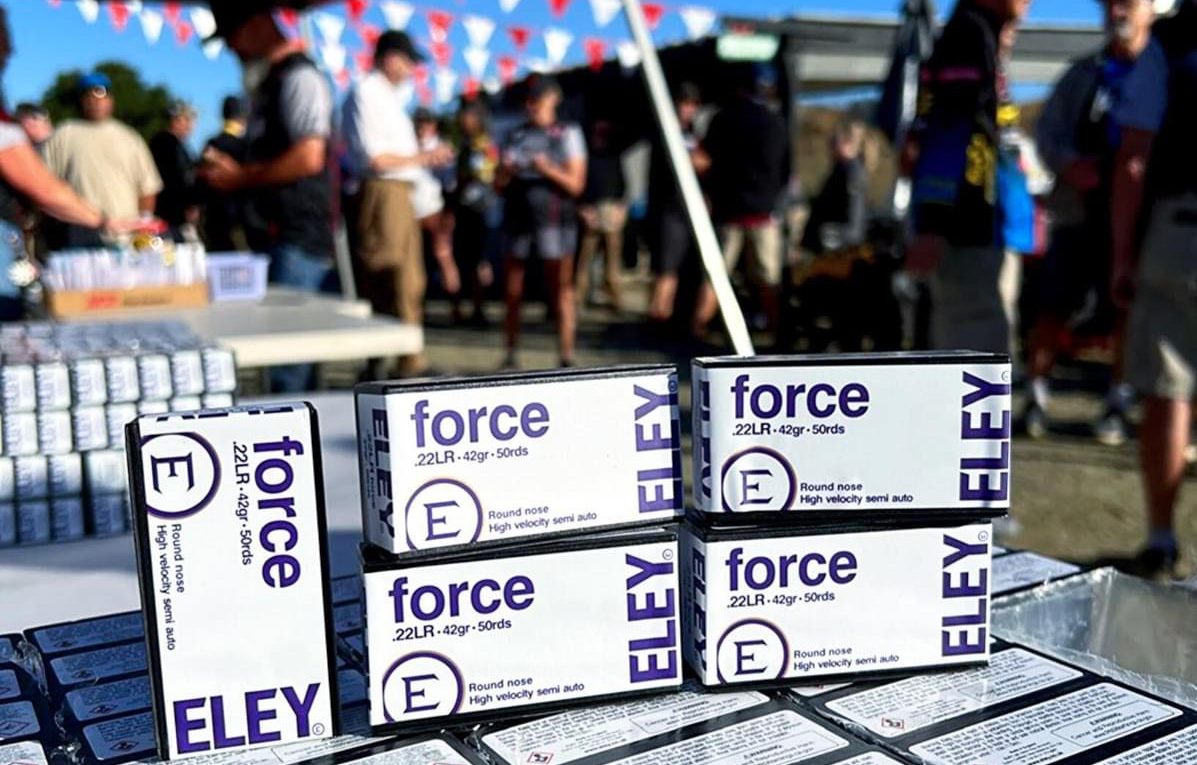The second instalment of our coaching for accuracy series sees Martyn Buttery, test range manager and GB Talent Squad coach, discuss the importance of dry firing.
First things first, what is dry firing?
Simply put, it’s shooting without ammunition. The process is the same. Get into position, control your breathing, lower your firearm onto the target and pull the trigger. However, it’s a simulation as opposed to shooting live rounds.
Now, it might seem odd that training without ammunition can help improve accuracy, but as Martyn notes dry-firing is a practice to help train your shooting process. If you hone your process, you’ll improve your accuracy. This shouldn’t be overlooked as dry-fire exercises are just as important as range time when looking to improve your shooting.
The main benefit of dry-fire training is that you can do it anywhere. If your local range is closed or you’re short on time, you can set-up a space at home with an aiming mark and practice your process. Alternatively, before a competition there is usually designated areas where you can run-through your dry-firing routine to prepare ahead of stepping up to the firing line.
It’s also a safe and inexpensive method of training as you’re not using live ammunition.
Dry-fire allows you to evaluate tangible influences on your performance and identify what you’re getting wrong. It also gives you freedom to experiment with different training techniques. Whether it be for triggering, natural point of aim, follow-through or standing position for example.
Let’s look at triggering. Dry-fire drills work with Scatt trainers which provide visual feedback on your barrel’s position. The Scatt system monitors the position of your barrel and knows when you’ve pulled the trigger even when dry-firing. For a shooter working on improving their trigger pull this provides valuable information to help improve their shot accuracy without needing to visit the range.
Read more: How Scatt trainers help improve your trigger technique
Nevertheless, as with all training you need a plan in place to be productive and schedule time effectively. Identify what you need to work on and set goals for each session.
Dry-fire training can be done using air rifles and pistols as well as small-bore firearms. With air rifles and pistols, you need to use dry-fire mode so that it doesn’t expel air. However, with small-bore firearms you need to use a snap cap. Snap caps are a replica of a live round but are inert and help to ensure that the firing pin or barrel breach are not subject to stress or impact damage when dry-firing.
So that’s it. You can no longer use the excuse that you don’t have time or can’t afford that next box of ammo, there’s always an option to train with dry-firing. But remember, even though the gun is unloaded, it is always important to practice safe firearm handling.





